Irreducible Lateral Calcaneal Dislocation Treated with Delta Frame-Assisted Staged ORIF
Score and Comment on this Case
Clinical Details
Clinical and radiological findings: A 23-year-old male motocross rider sustained a closed lateral calcaneal fracture dislocation after an 80-foot jump landing. The patient also presented with rib fractures, a grade 1 splenic injury, and was COVID-19 positive. The injury posed a significant risk of skin necrosis, necessitating urgent surgical intervention. Initial attempts at closed manipulative reduction were unsuccessful.
Preoperative Plan
Planning remarks: The preoperative plan involved the use of a delta frame for distraction in two vectors to regain length and height. This was followed by a percutaneous reduction approach, with a stab incision distal to the fibula for the insertion of a freer elevator to disimpact the calcaneus.
Surgical Discussion
Patient positioning: The patient was positioned supine with the affected limb elevated and supported to allow for optimal access and manipulation during reduction.
Anatomical surgical approach: A stab incision was made distal to the fibula, allowing for the insertion of a freer elevator to disimpact the calcaneus. A spike pusher was then utilized for further reduction, followed by pinning to maintain alignment. After one week of soft tissue rest, a lateral extensile approach was employed for definitive open reduction and internal fixation (ORIF).
Operative remarks:The initial reduction required careful percutaneous manipulation due to the calcaneus being firmly lodged. The use of a freer elevator as a shoehorn facilitated disimpaction, while a spike pusher assisted in achieving further reduction. Pinning maintained the reduction until definitive ORIF could be performed. The lateral extensile approach allowed for restoration of calcaneal morphology and articular congruity, with attention to preserving the soft tissue envelope.
Postoperative protocol: Postoperative rehabilitation included non-weight bearing for several weeks, followed by gradual weight-bearing as tolerated, with emphasis on range of motion exercises to restore function.
Follow up: Not specified.
Orthopaedic implants used: Delta frame, freer elevator, spike pusher, pins for temporary fixation.
Search for Related Literature

orthopaedic_trauma
- United States , Seattle
- Area of Specialty - General Trauma
- Position - Specialist Consultant

Industry Sponsership
contact us for advertising opportunities
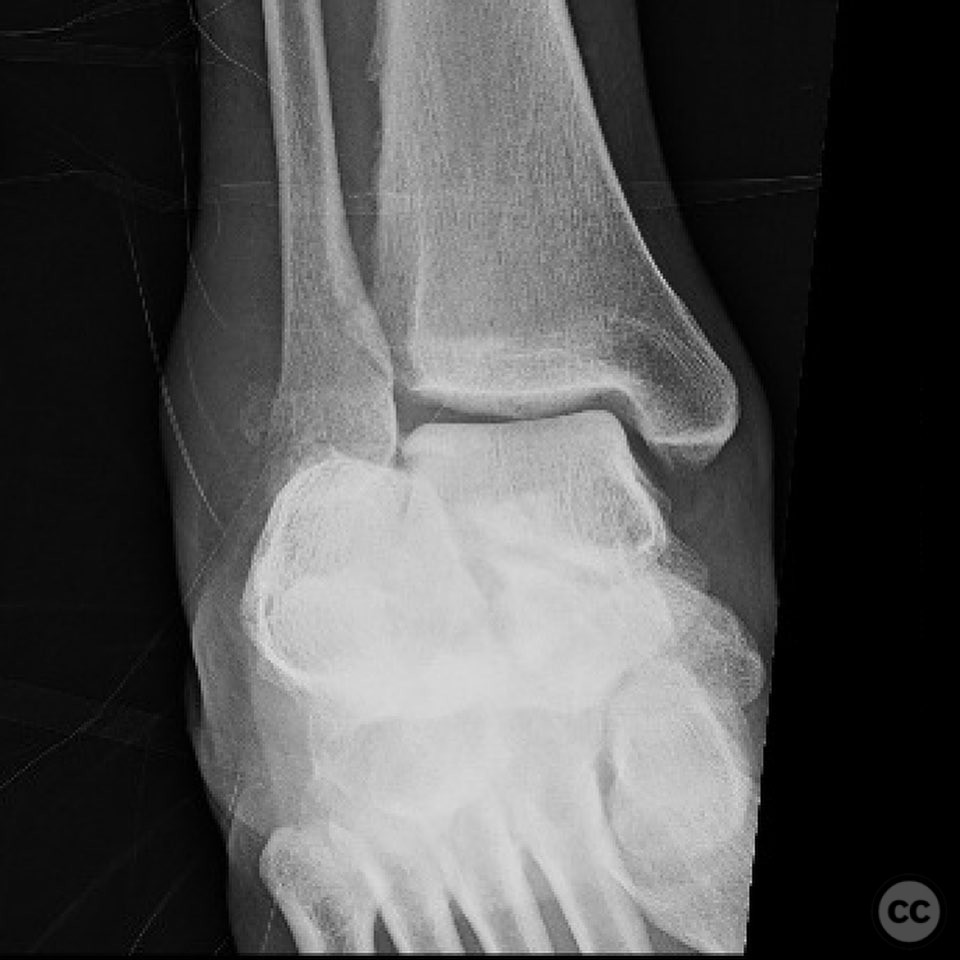
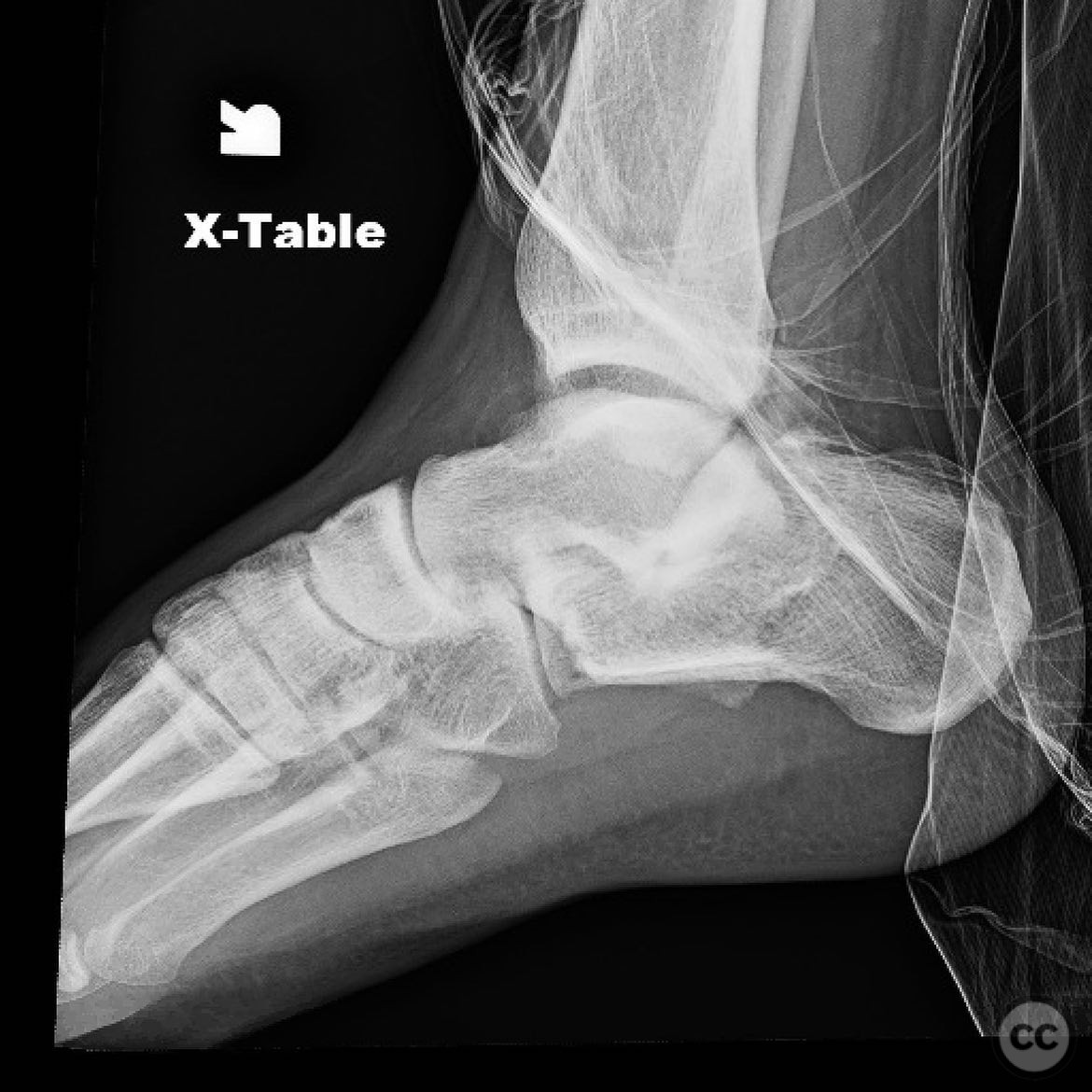
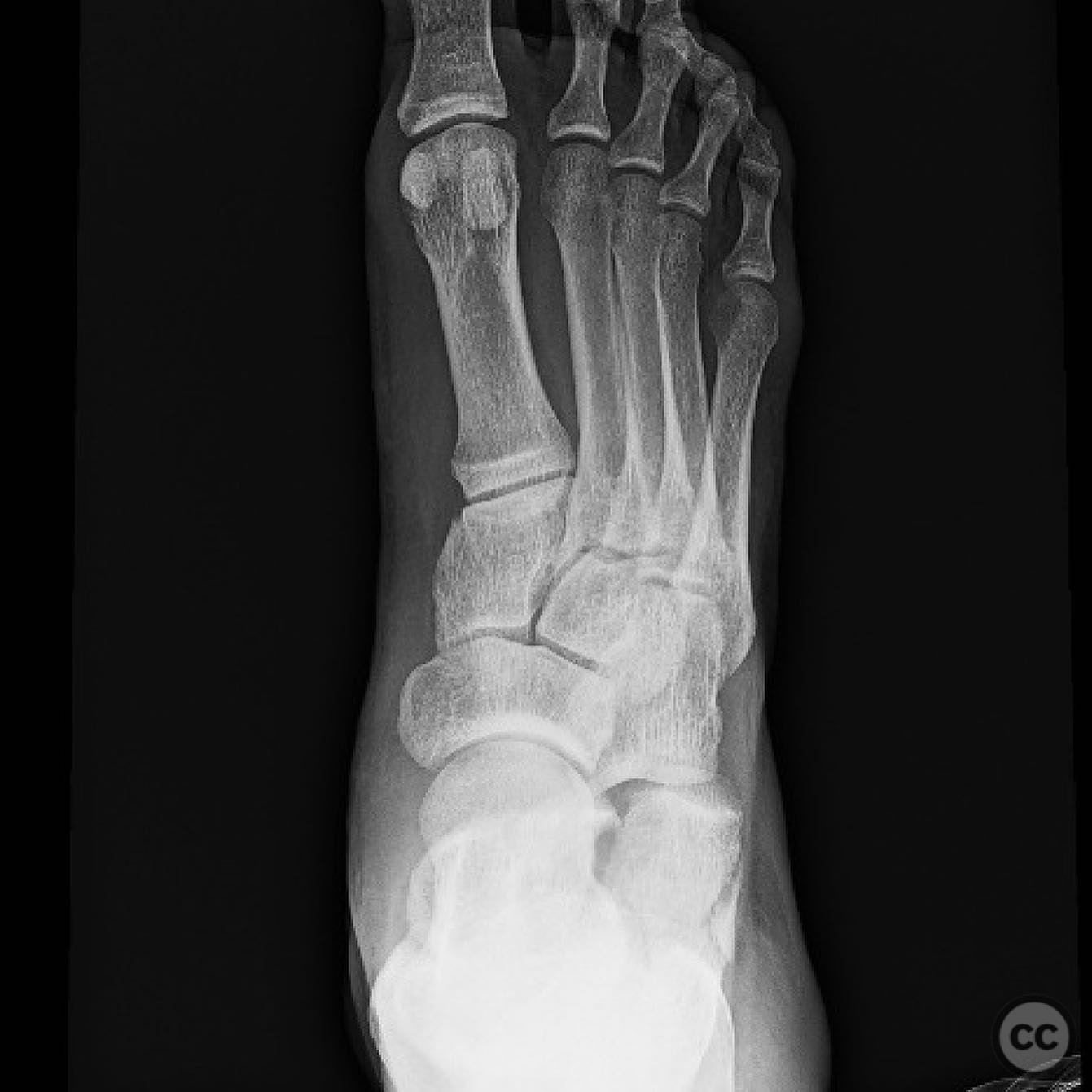
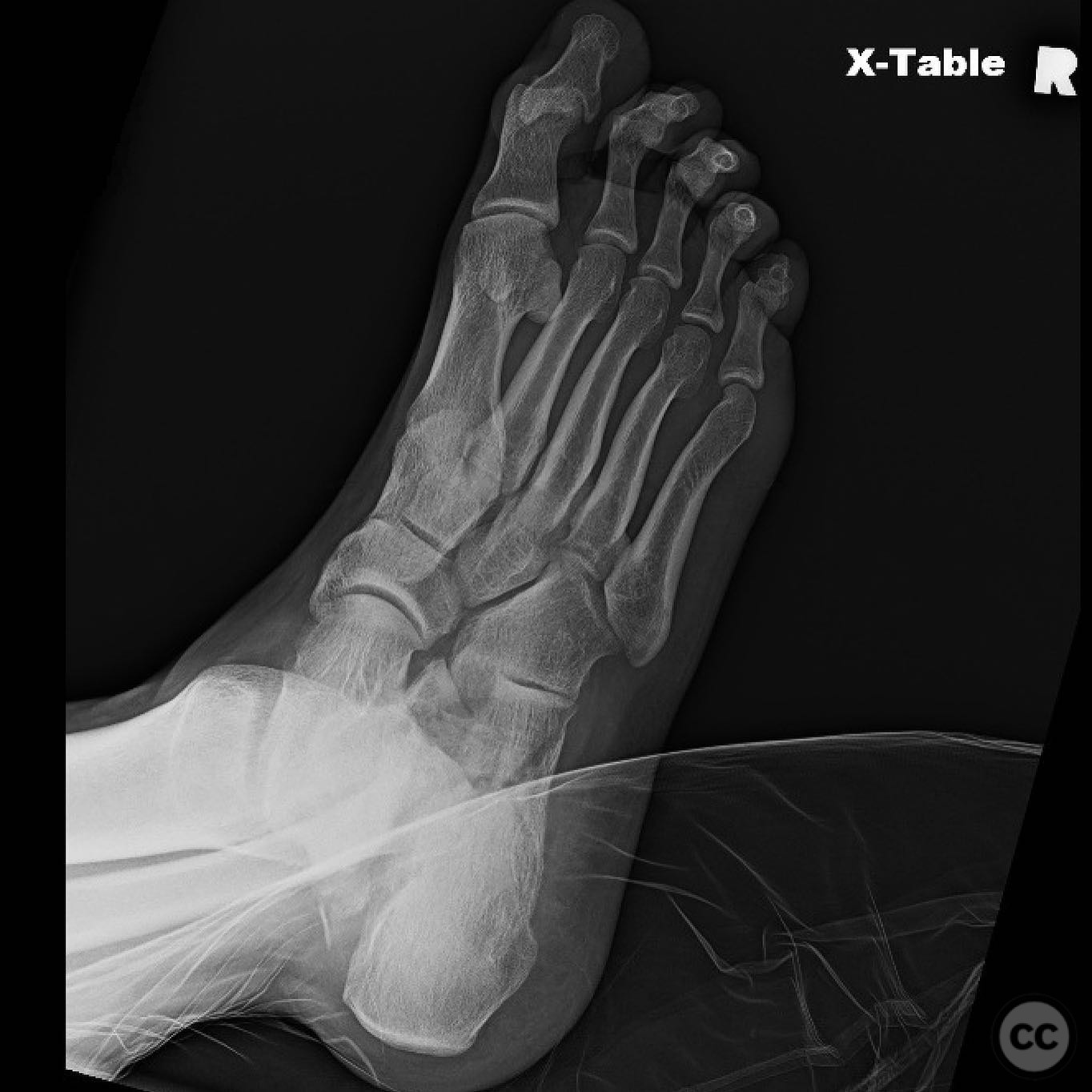
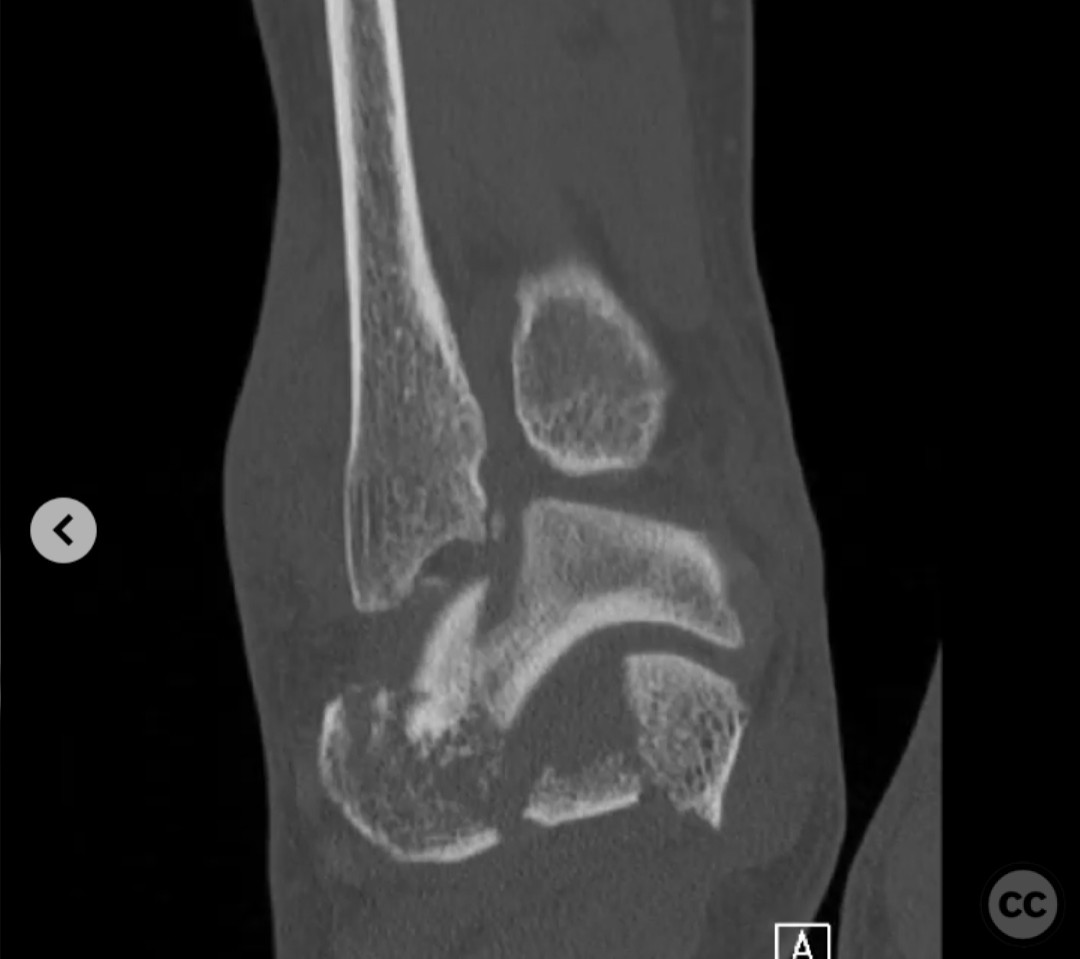
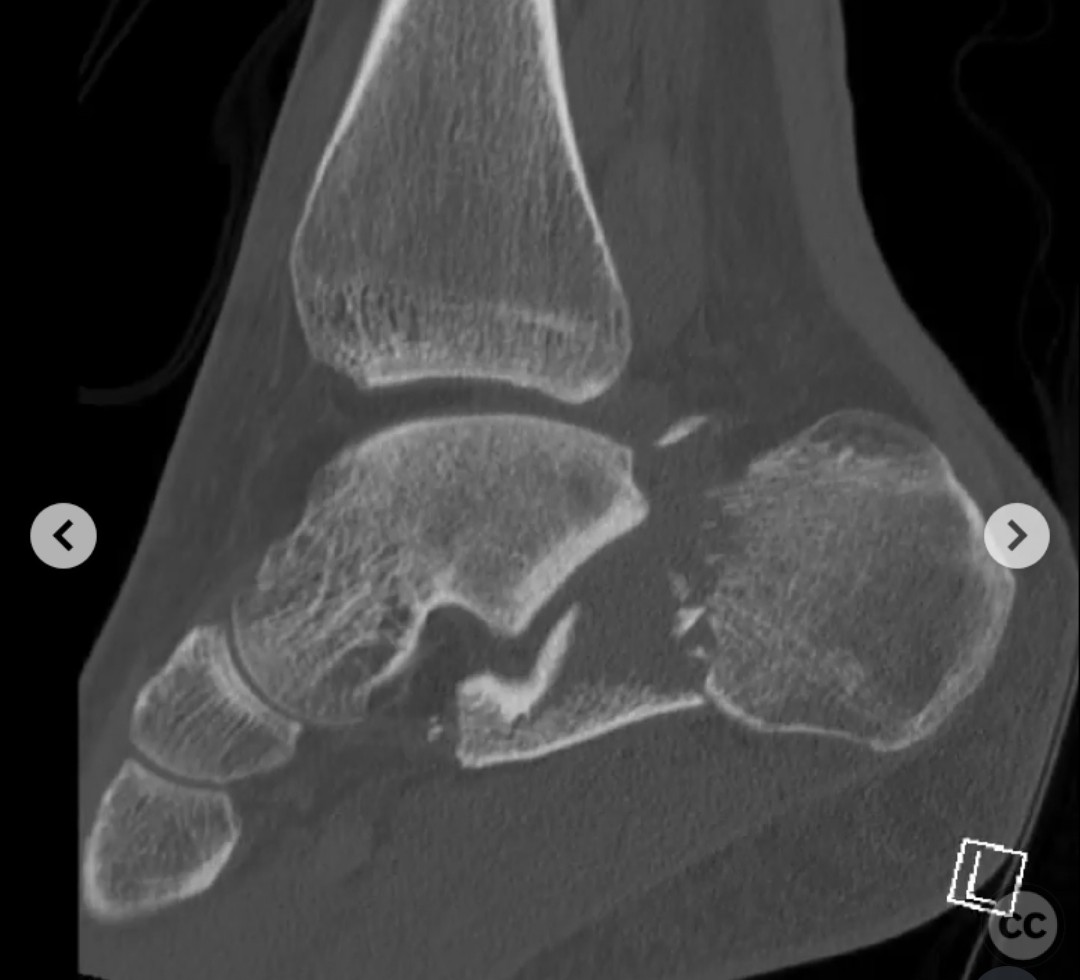
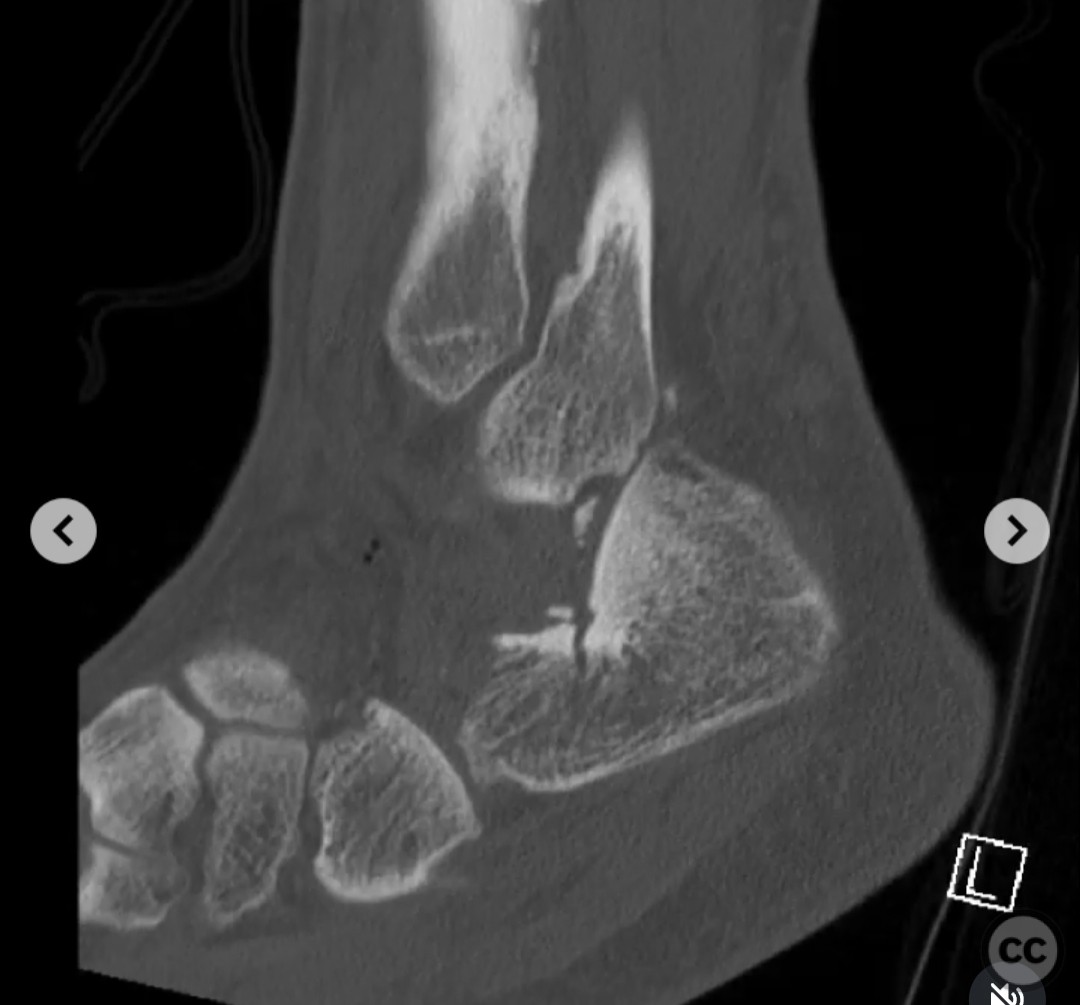
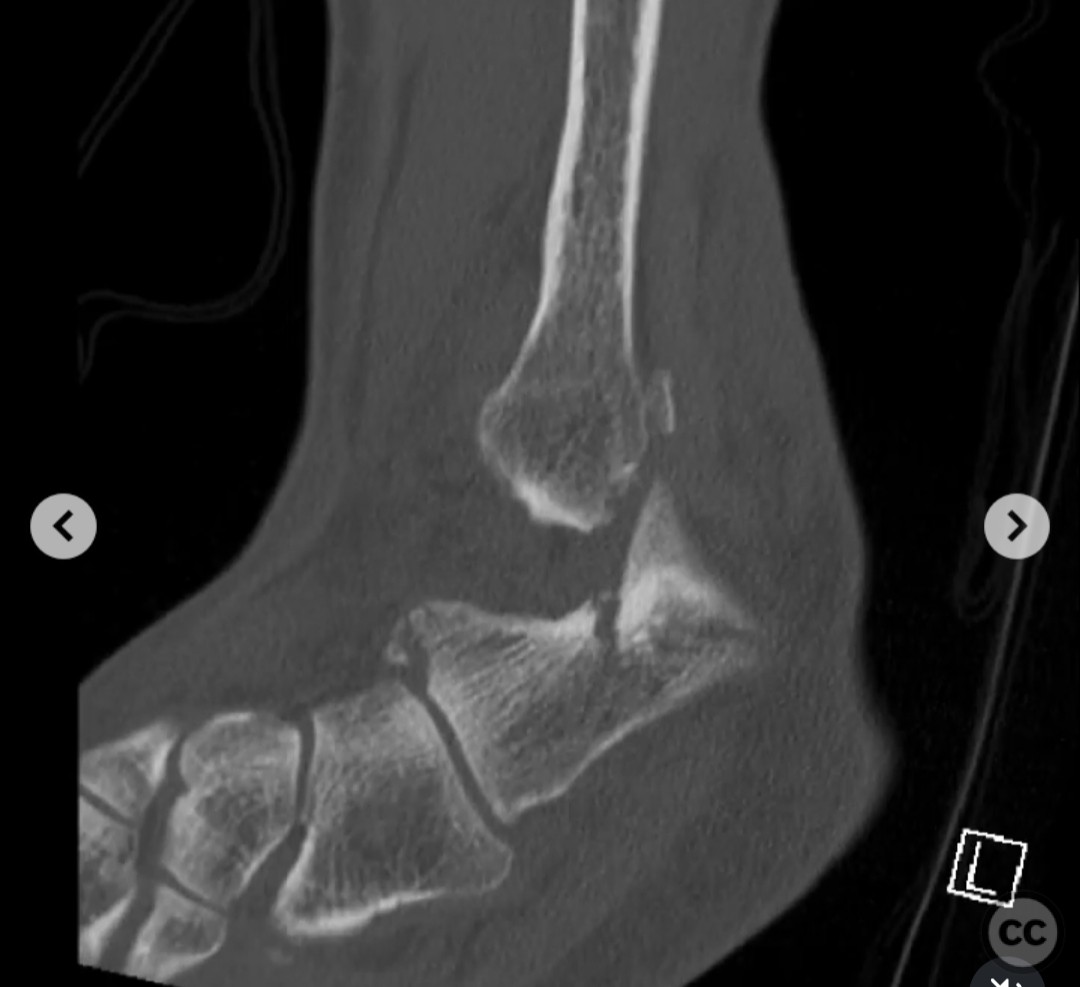
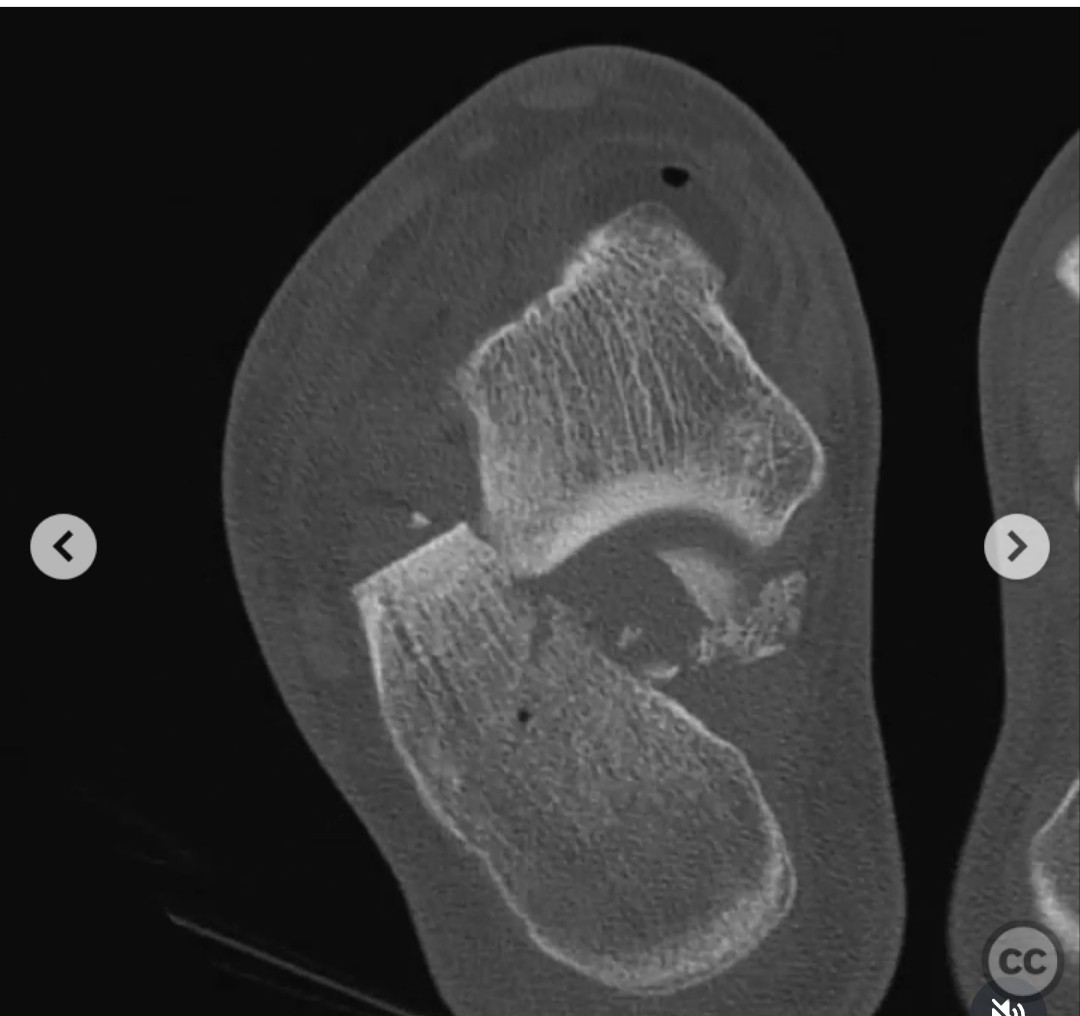
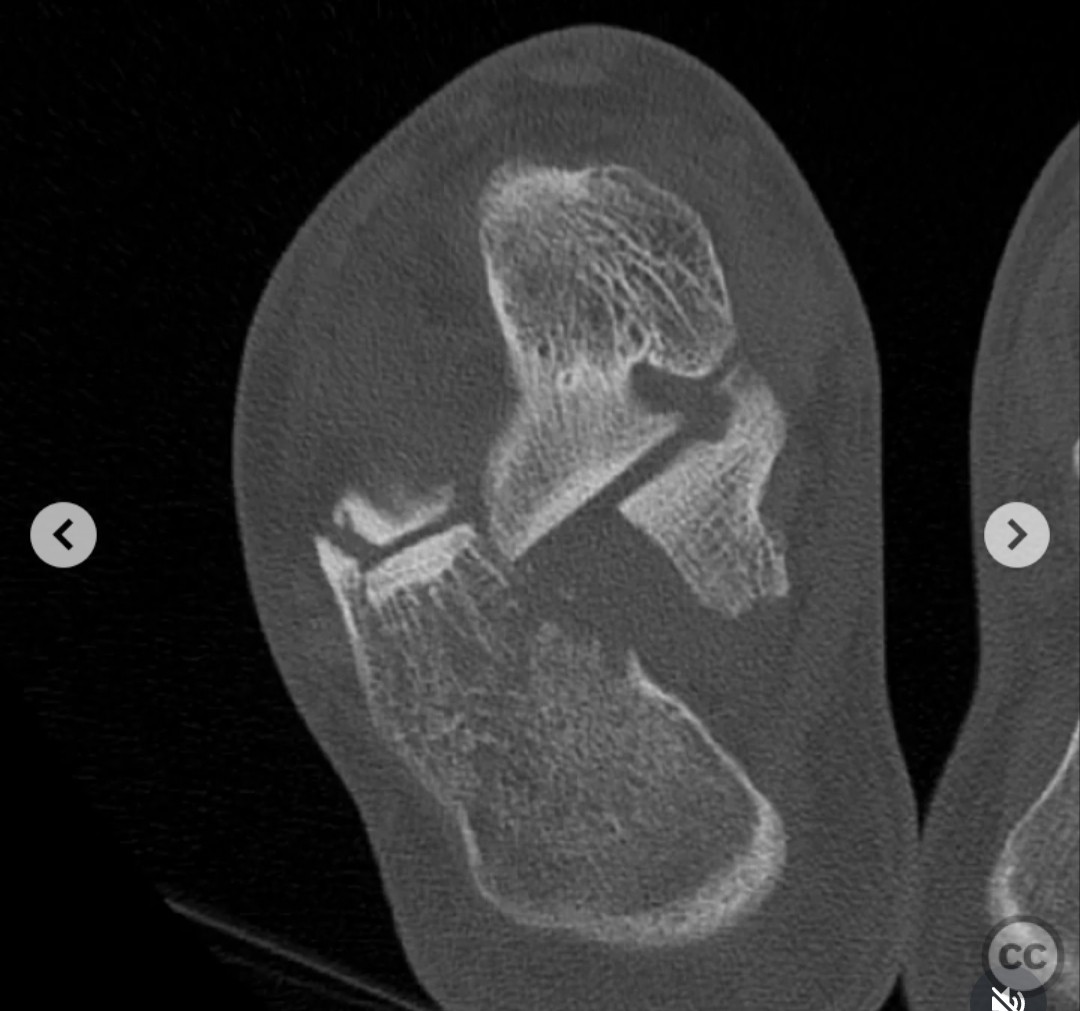
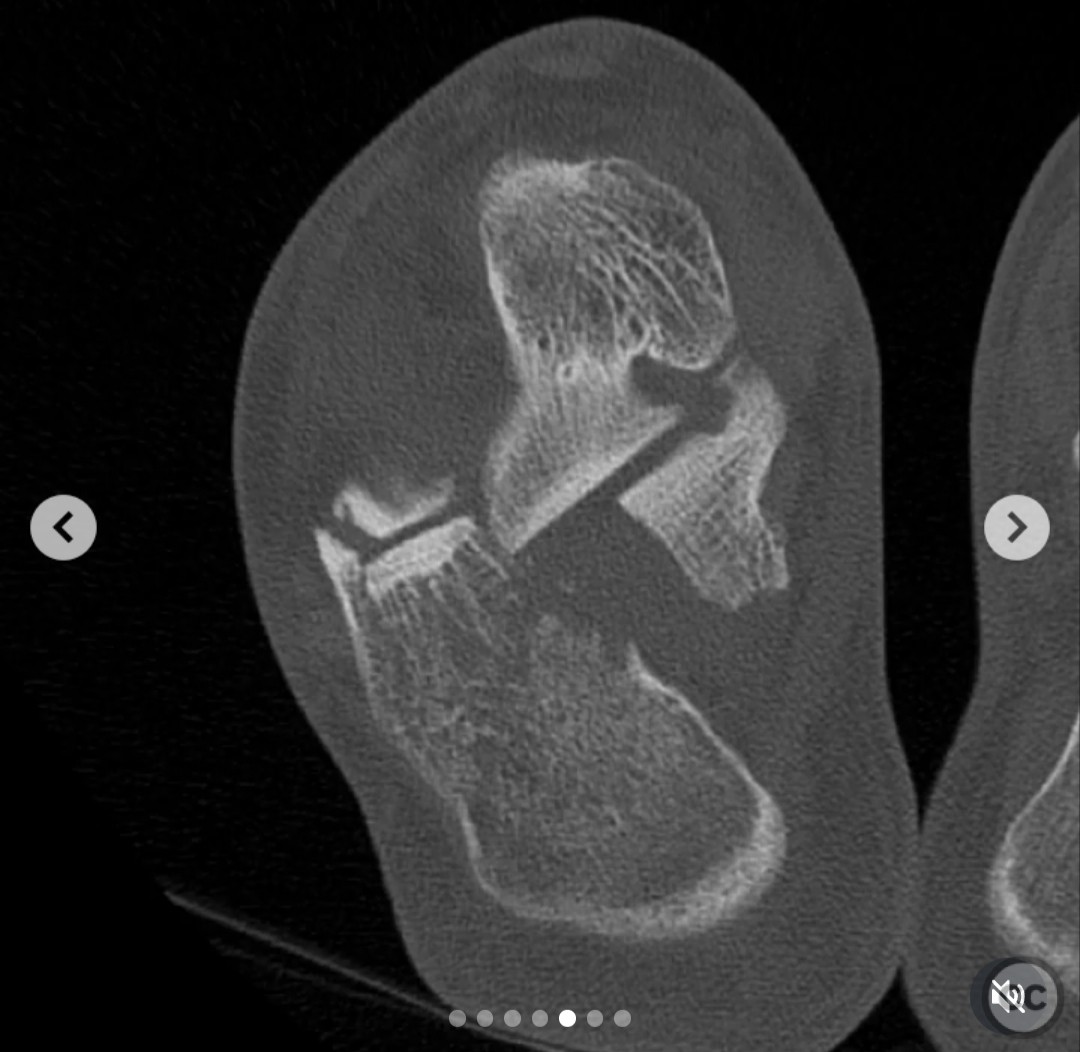
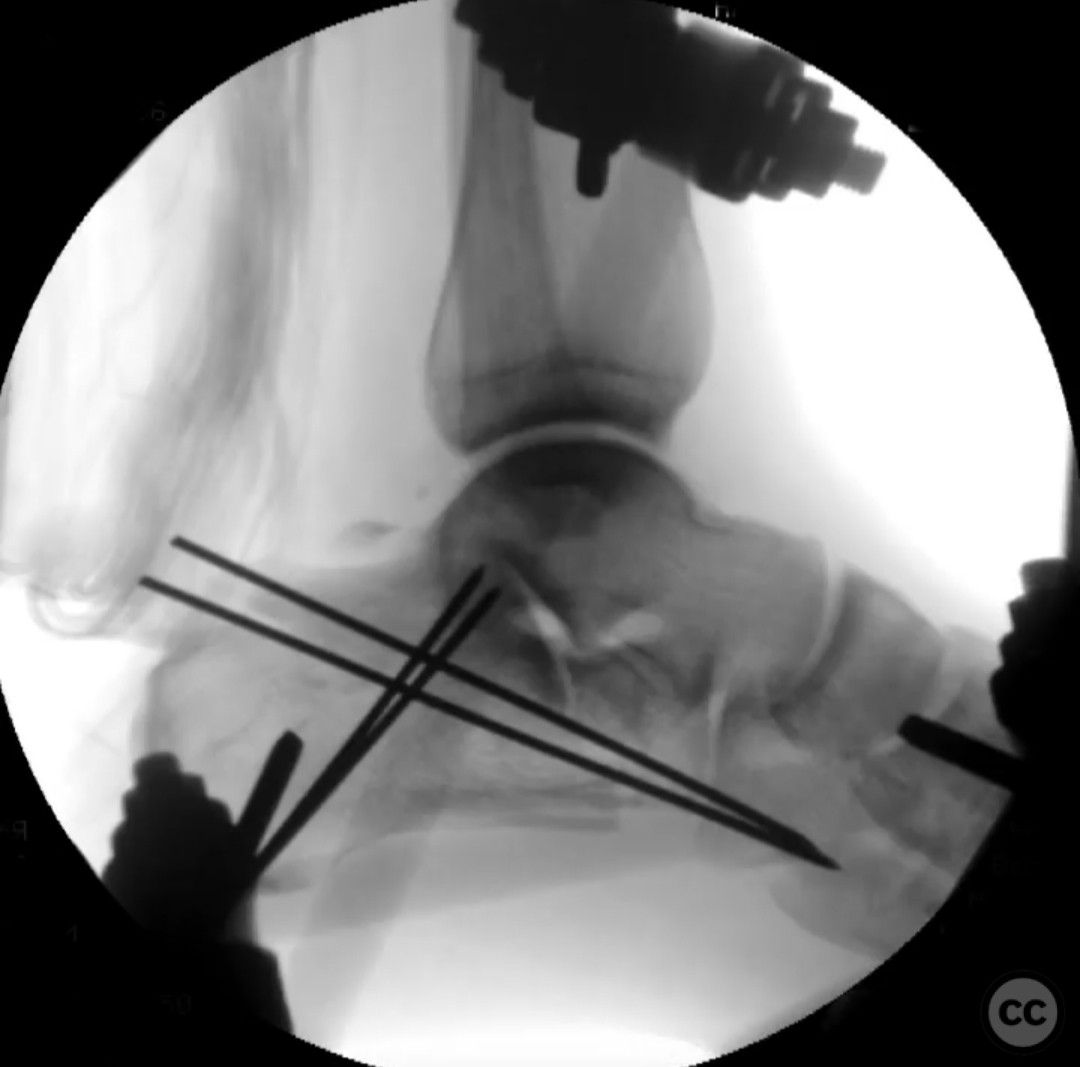
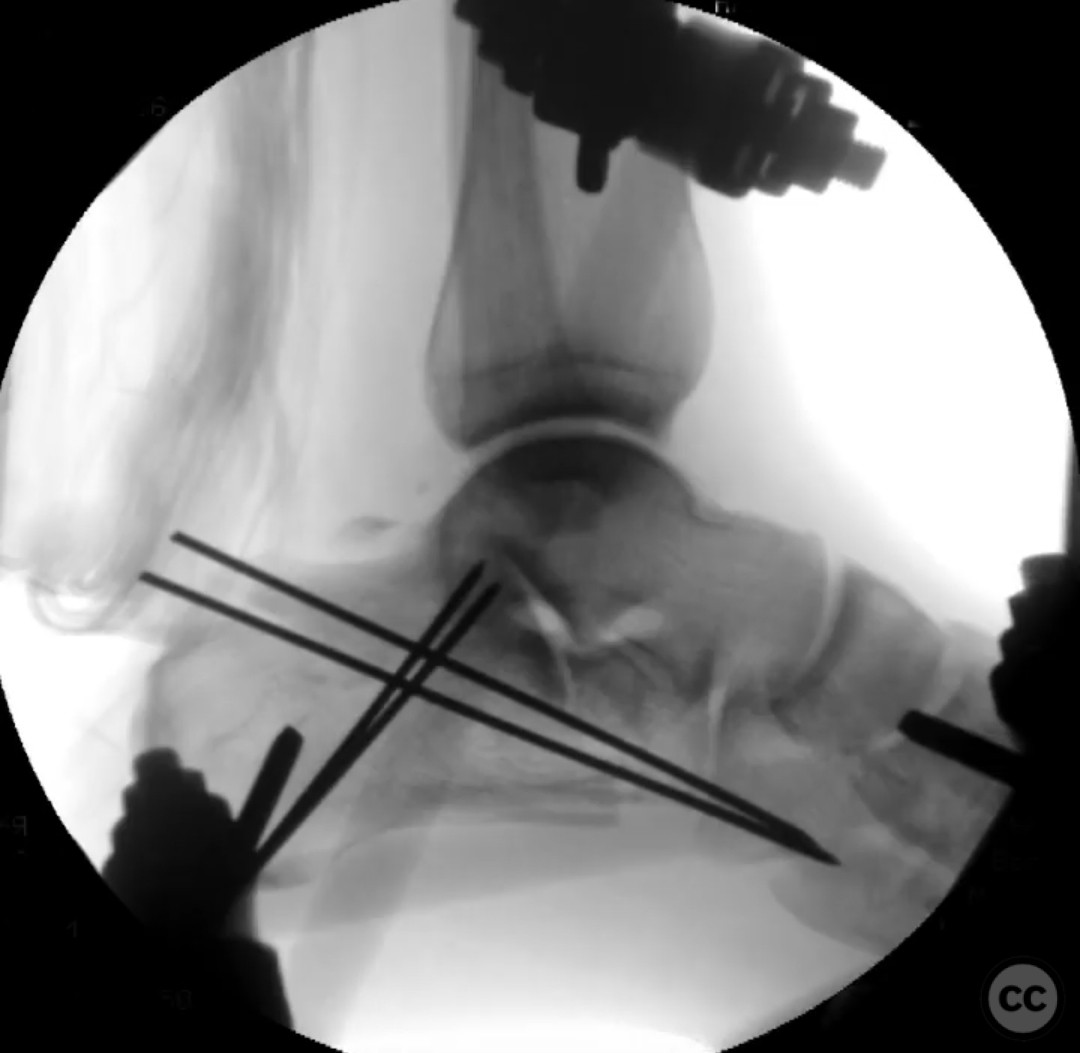
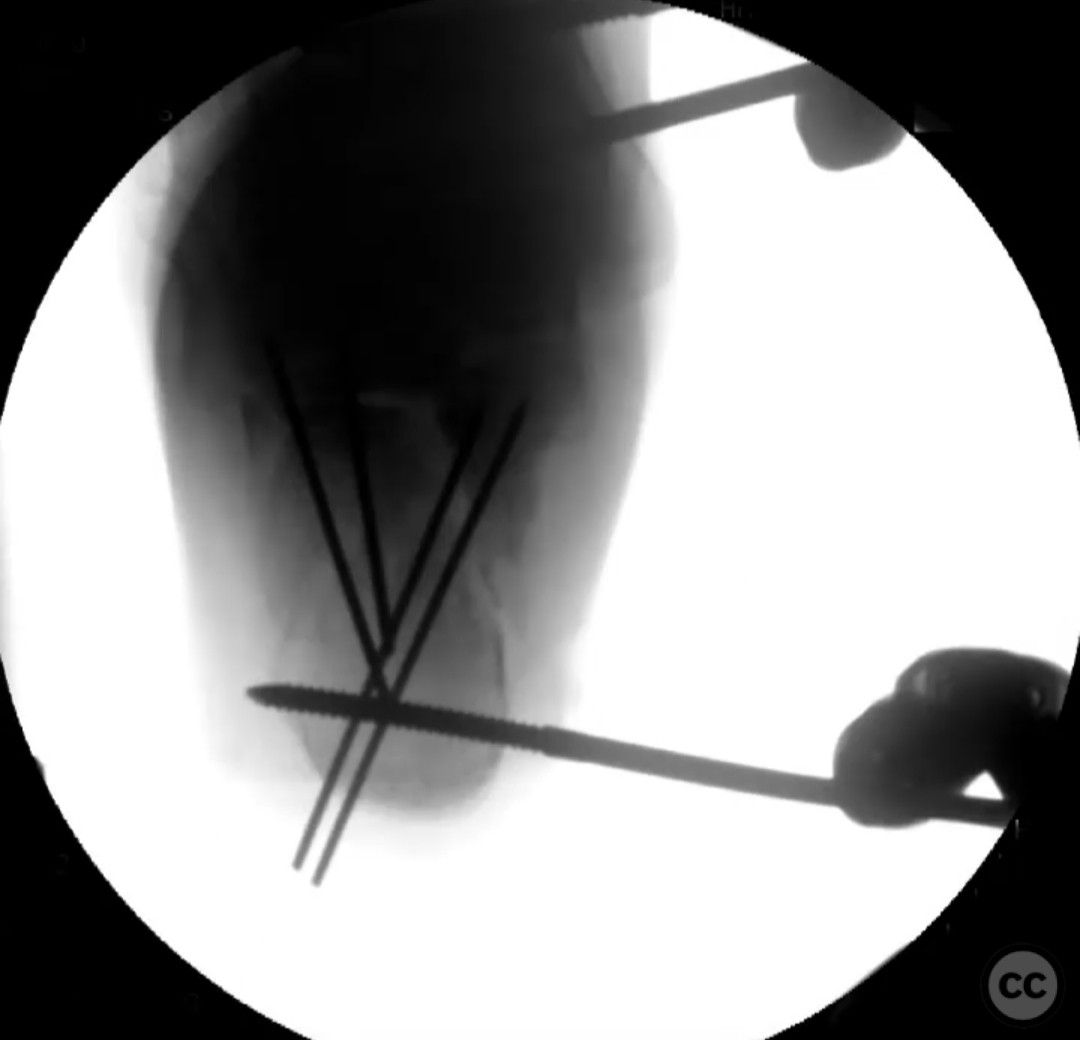
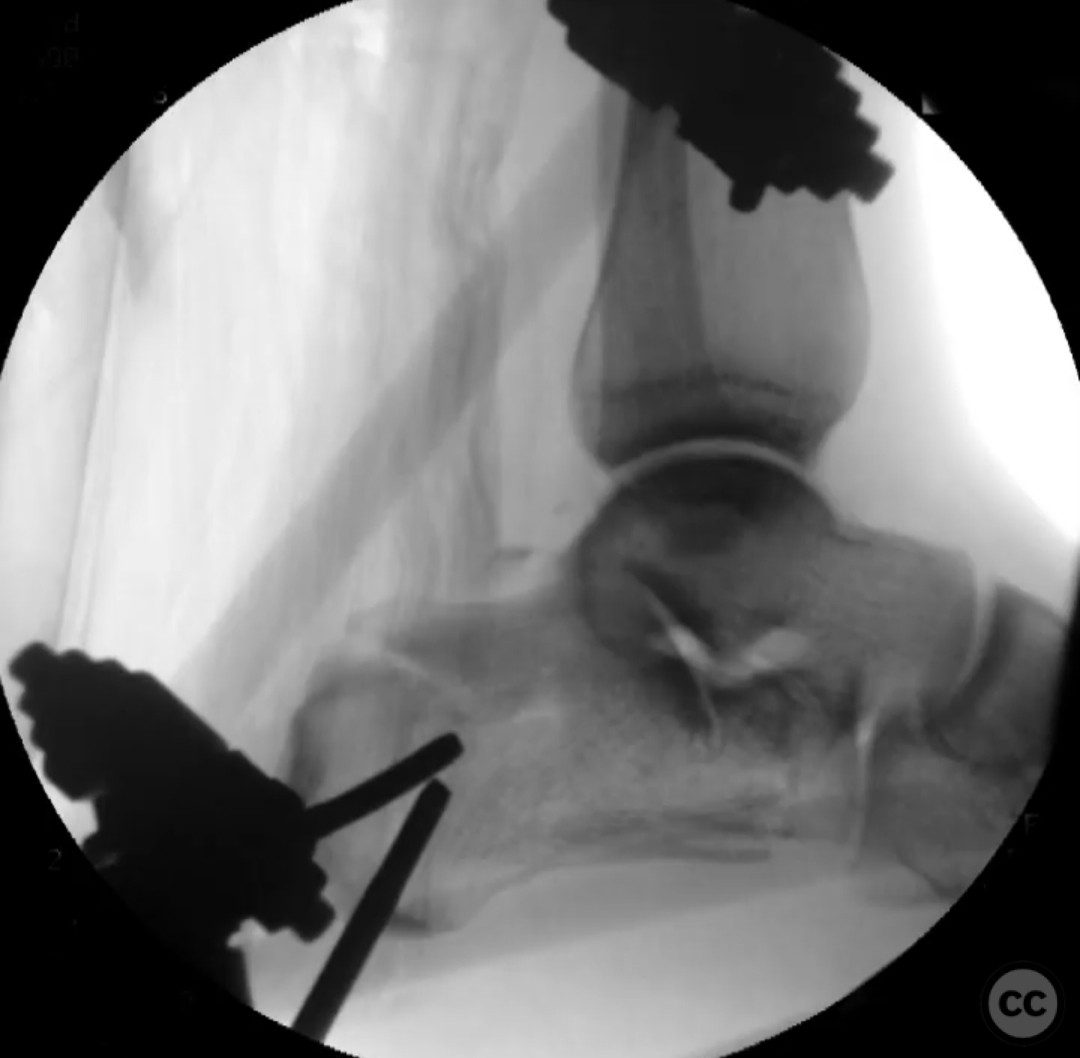
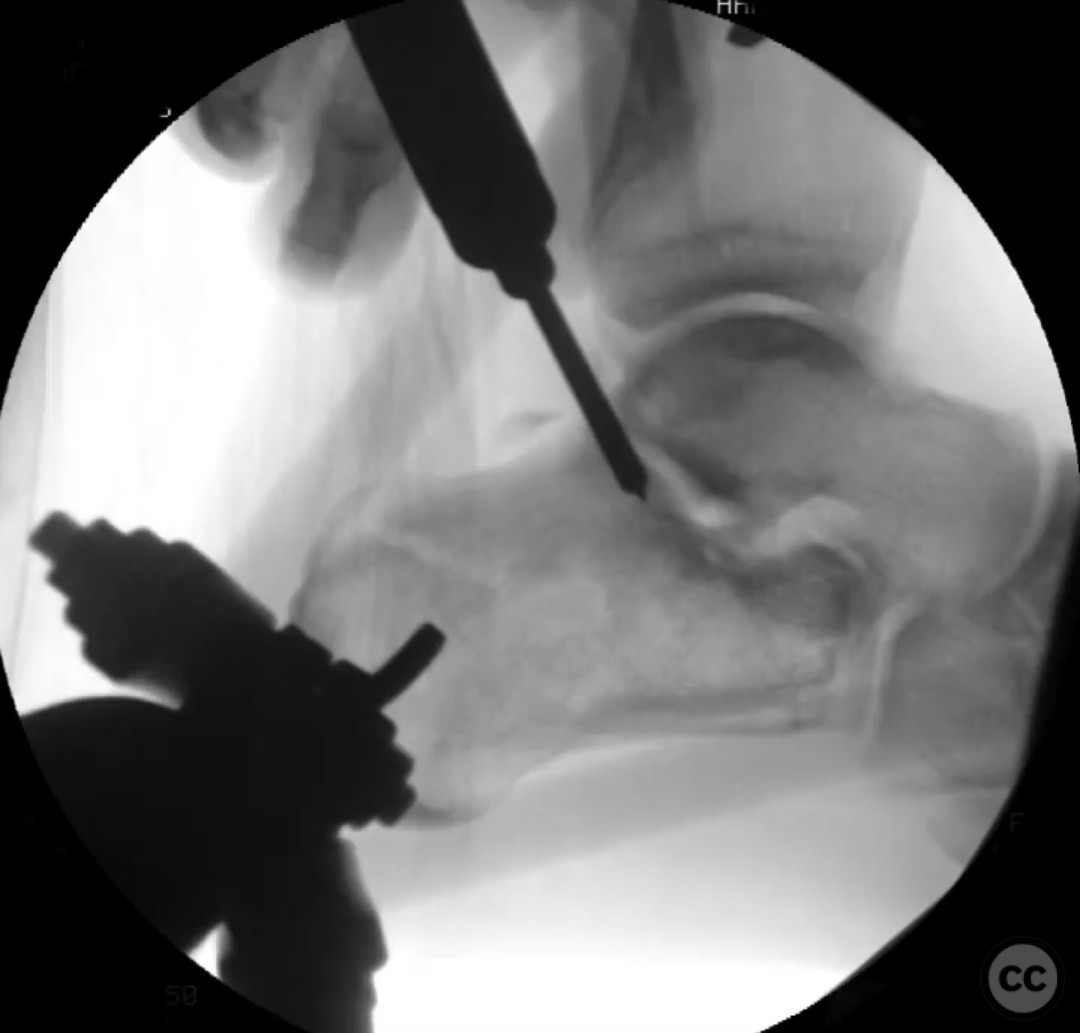
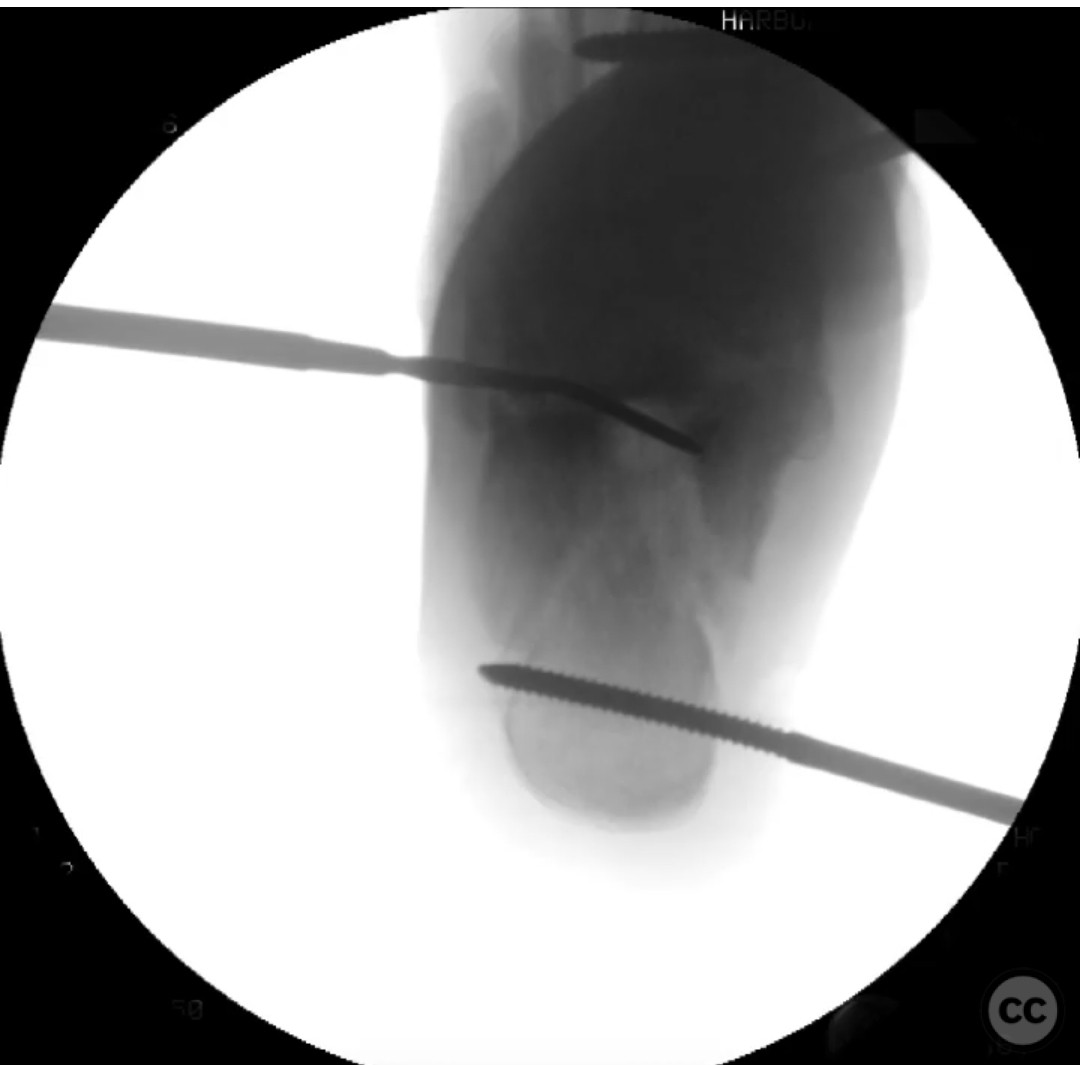
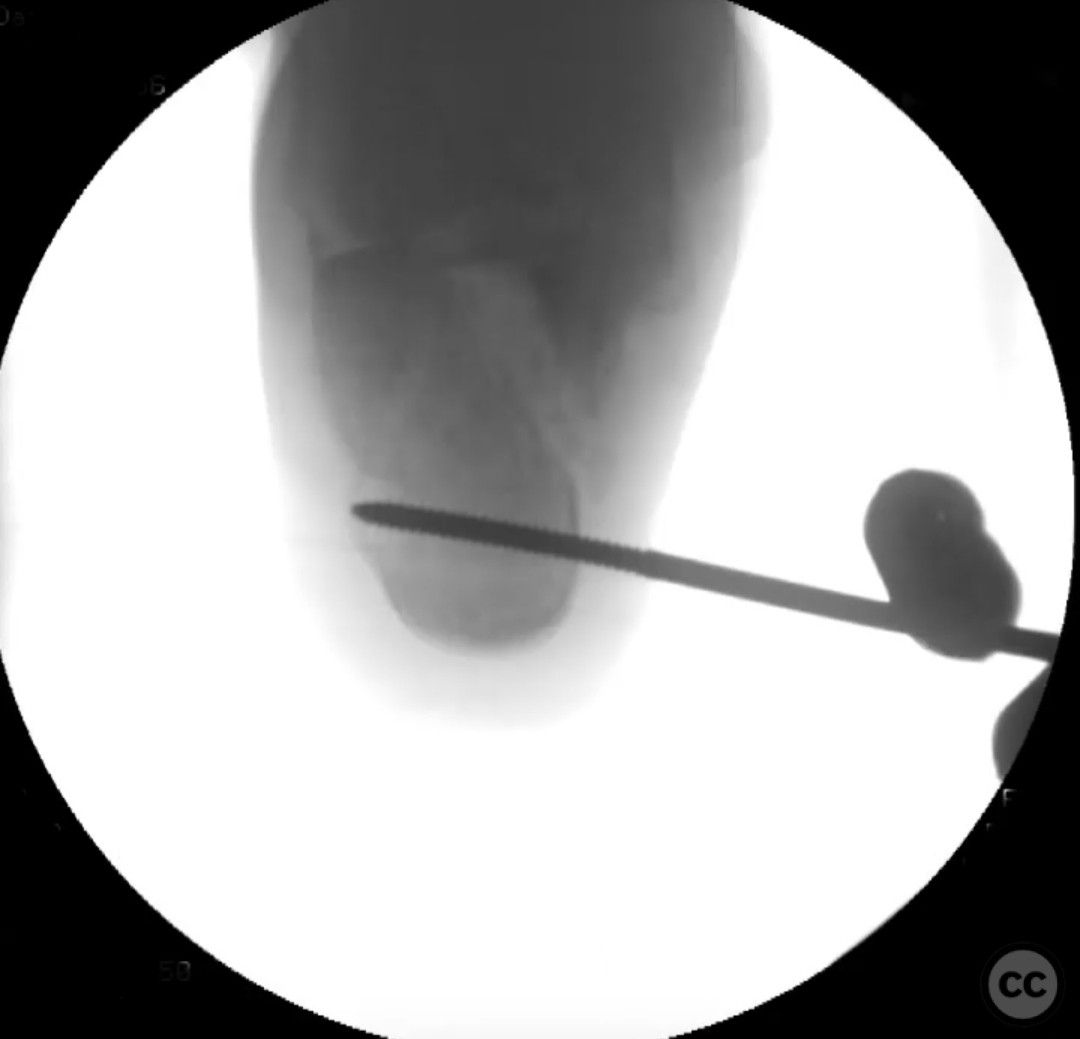
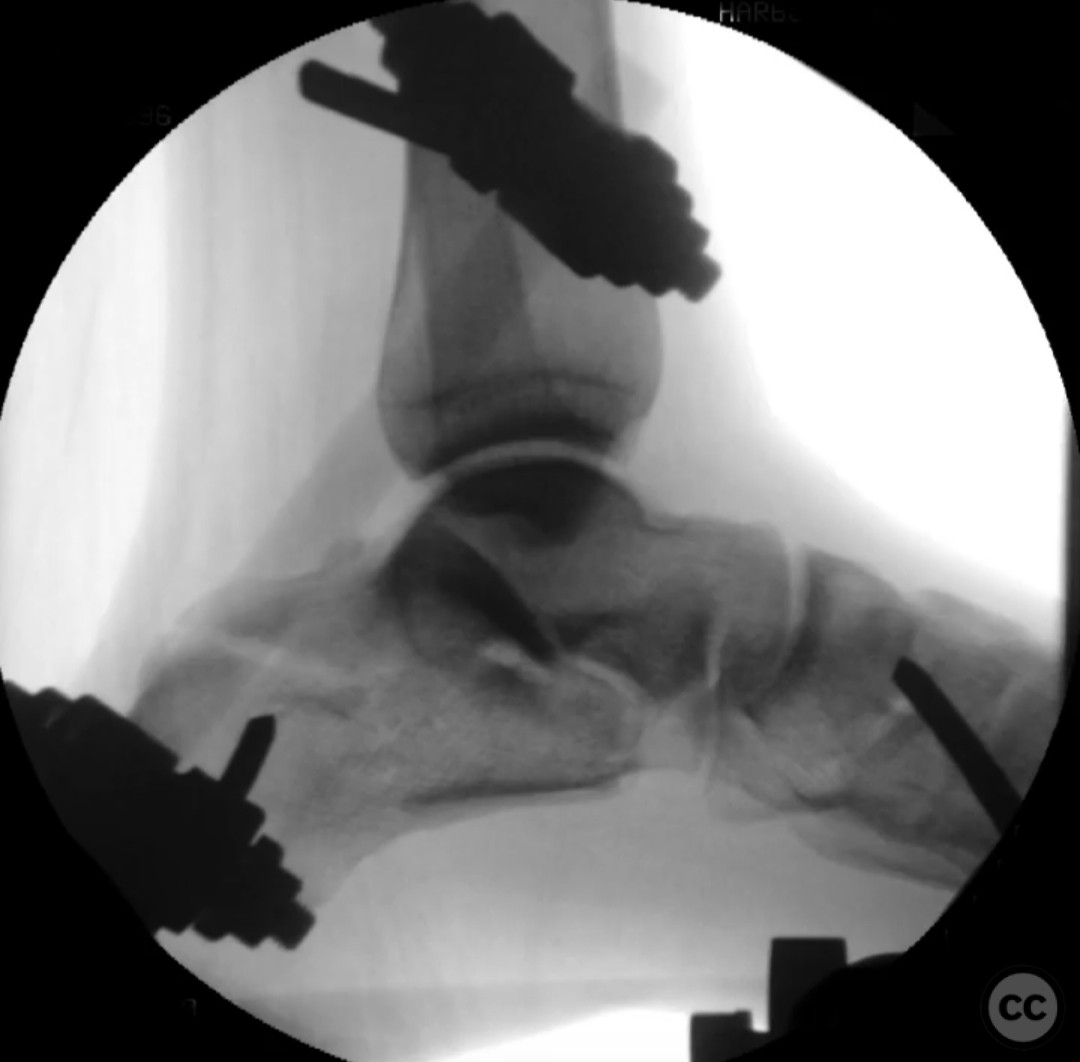
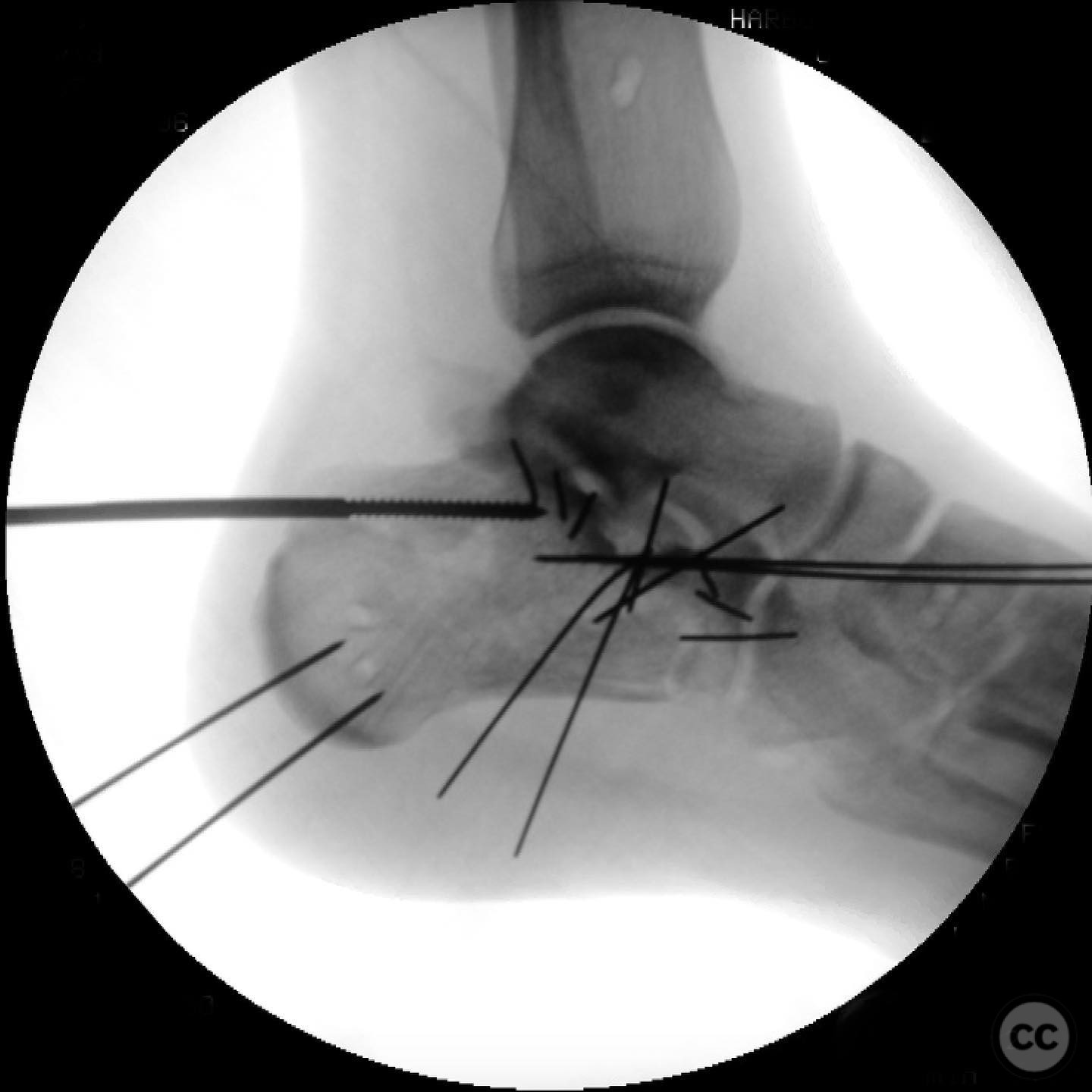
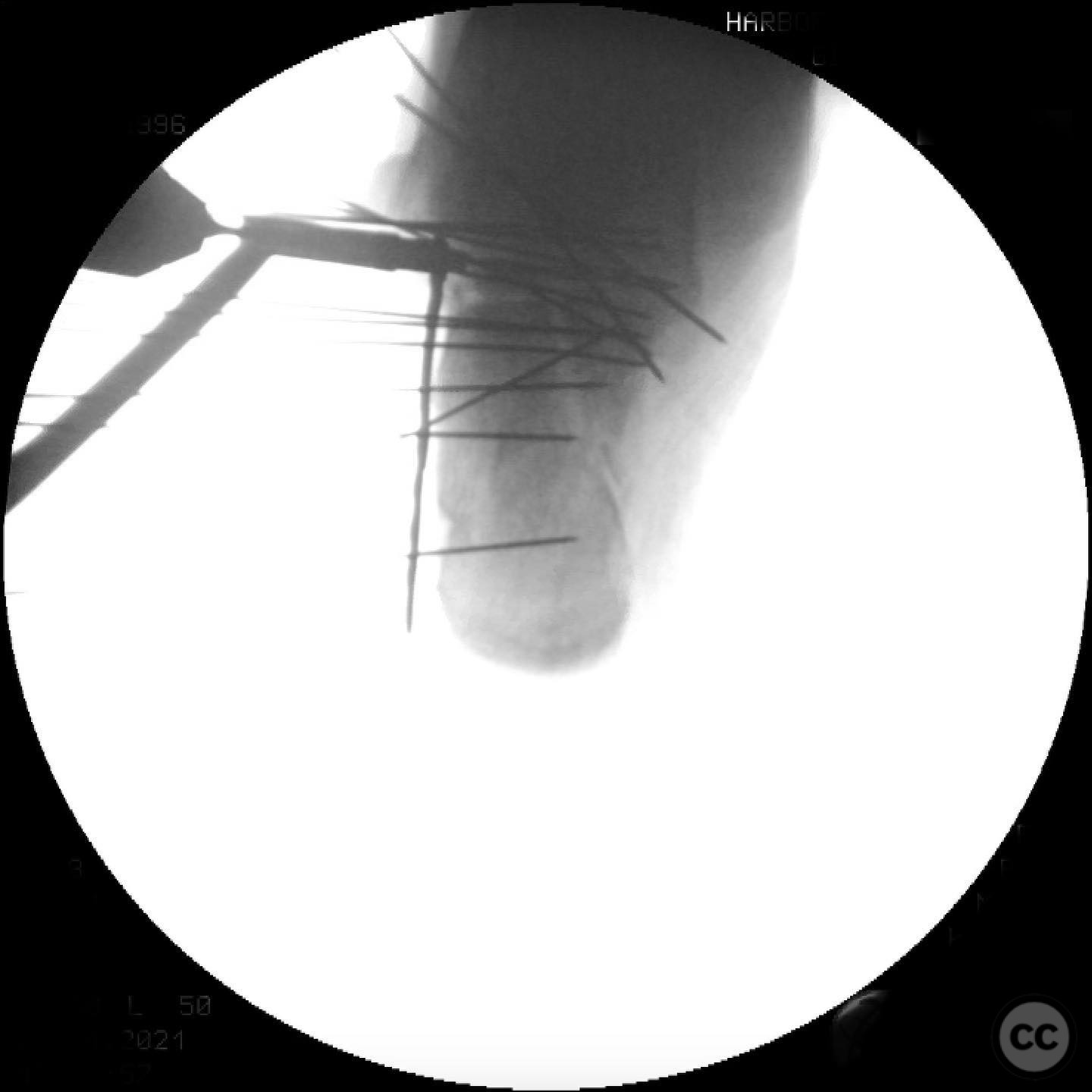
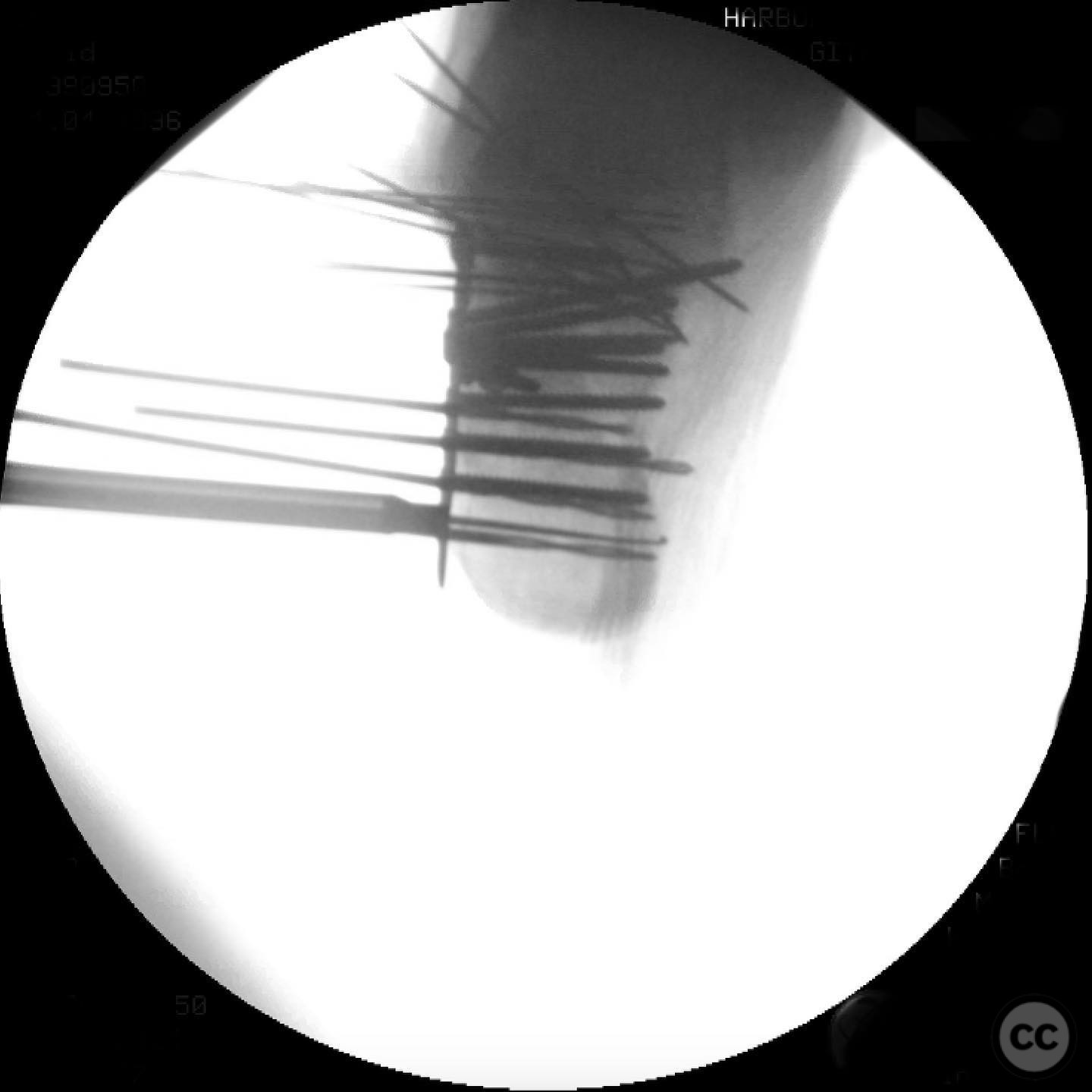
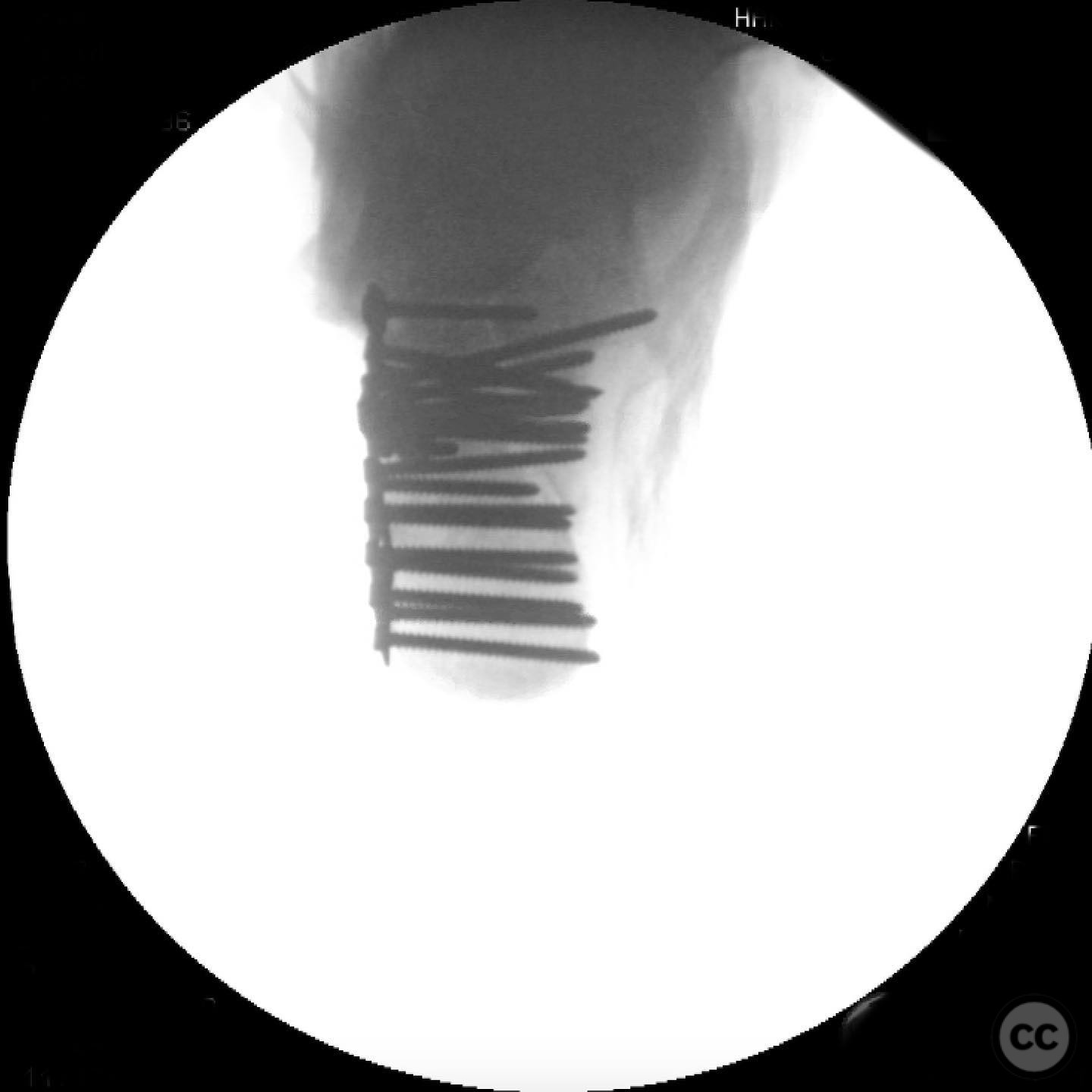
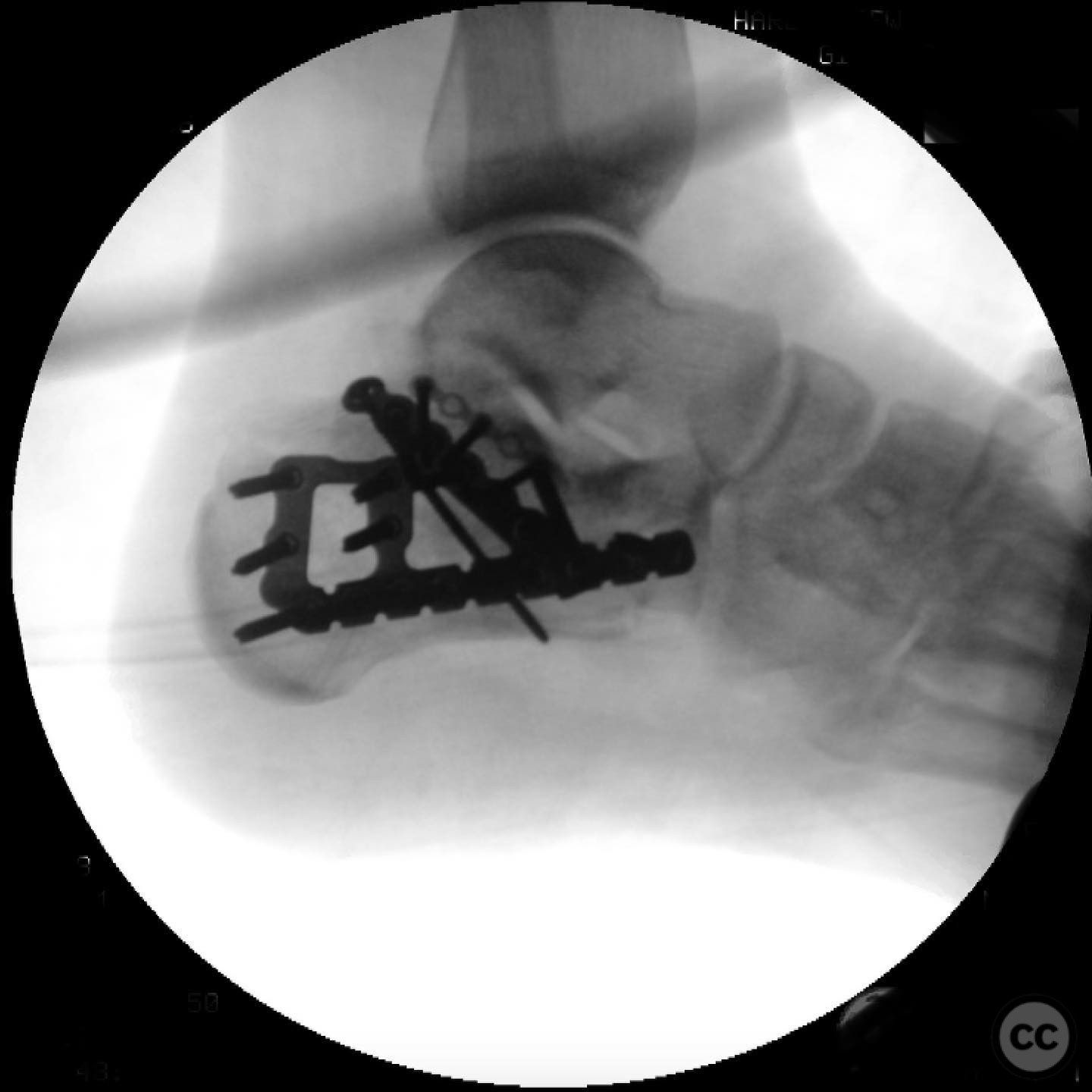
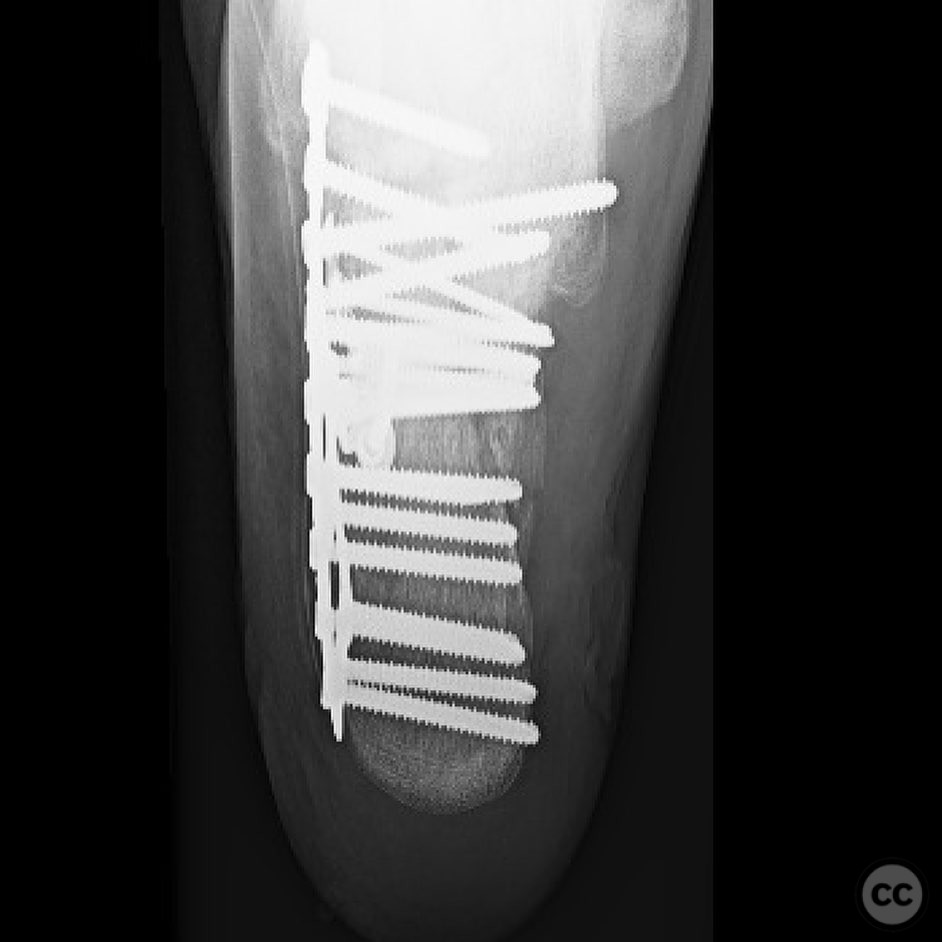
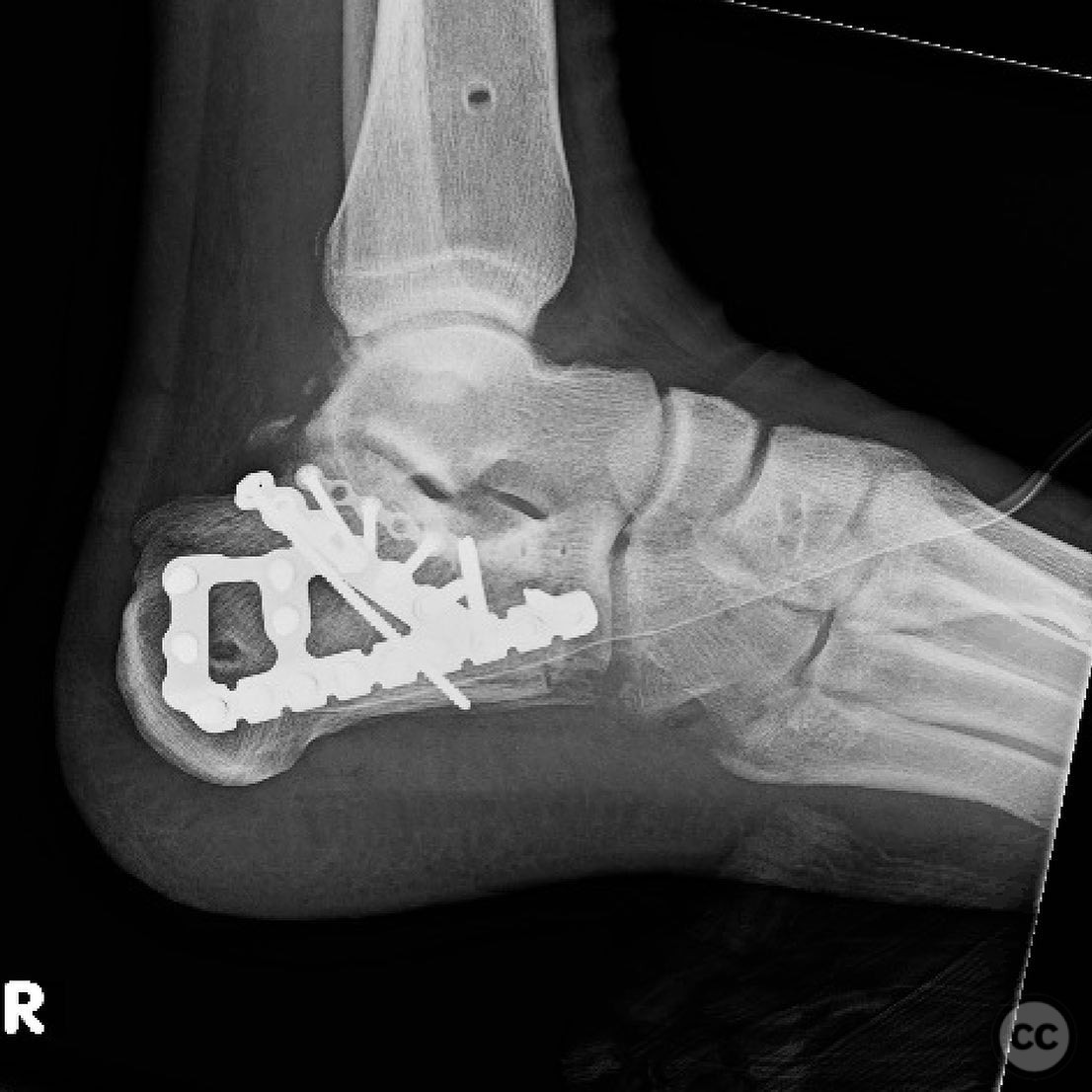
Article viewed 120 times
13 Jul 2025
Add to Bookmarks
Full Citation
Cite this article:
Surname, Initial. (2025). Irreducible Lateral Calcaneal Dislocation Treated with Delta Frame-Assisted Staged ORIF. Journal of Orthopaedic Surgery and Traumatology. Case Report 37433555 Published Online Jul 13 2025.